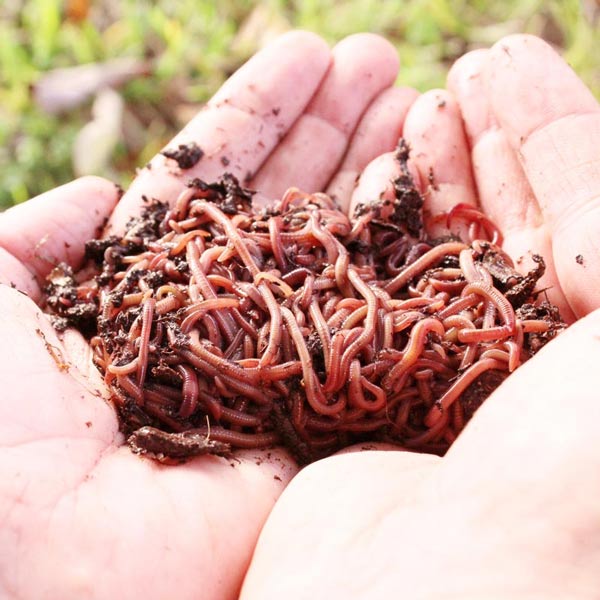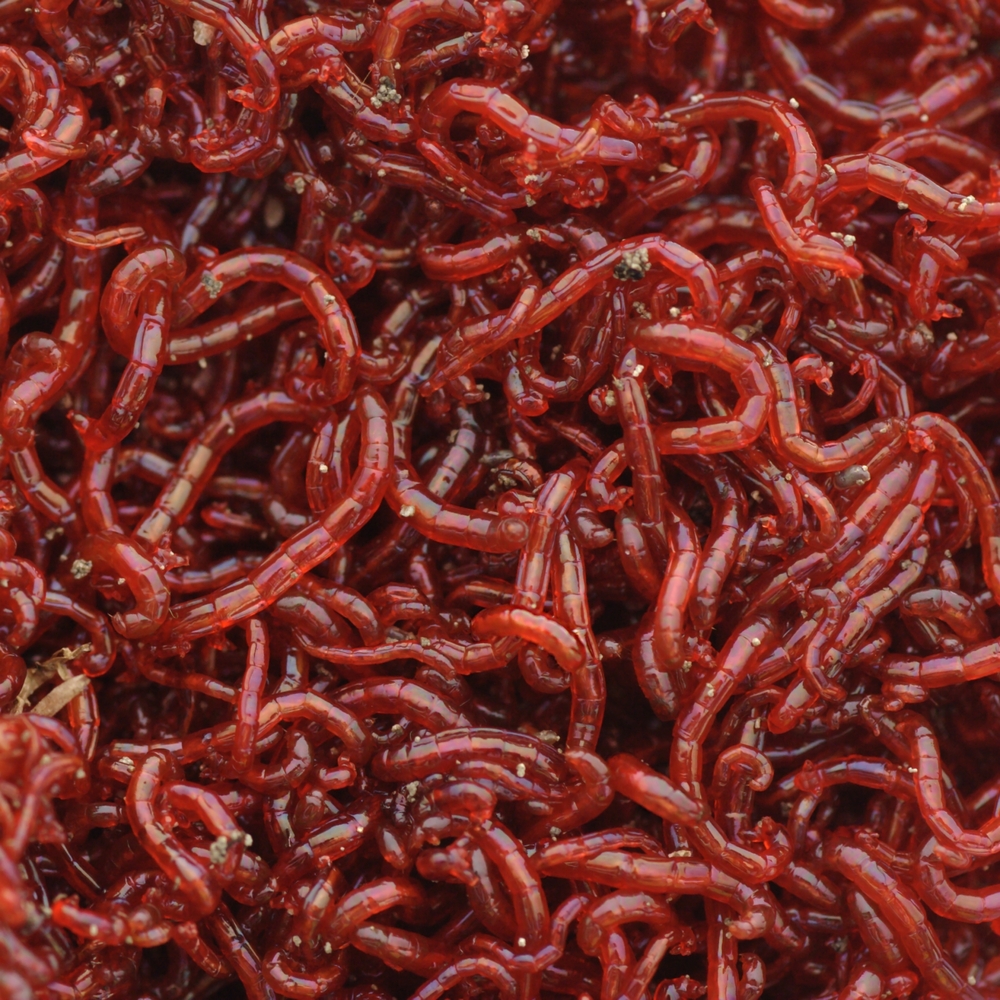Eco-friendly red wigglers: Feeding them properly
Eco-friendly red wigglers: Feeding them properly
Blog Article
Using Red Wigglers for Reliable Organic Garbage Disposal
These worms not only improve waste decay yet also yield valuable worm castings, which can considerably enhance dirt health and wellness. Comprehending the subtleties of establishing up a successful worm bin and preserving an optimum habitat is crucial for maximizing their benefits.
Advantages of Making Use Of Red Wigglers
Among the most compelling advantages of using red wigglers for organic waste disposal is their exceptional performance in composting. These worms, medically known as Eisenia fetida, are specifically adapted for breaking down organic materials, enabling them to refine waste as much as two times their body weight daily. This quick disintegration not only speeds up the composting process yet additionally generates nutrient-rich worm castings that dramatically enhance soil top quality.
In addition, red wigglers add to a decrease in landfill waste. By drawing away natural materials from land fills, they assist minimize methane discharges-- a powerful greenhouse gas. This environmental advantage is crucial in the battle against climate change.
In addition, red wigglers are low-maintenance and can prosper in different settings, making them accessible for both beginner and skilled composters. Their capacity to reproduce promptly makes sure a consistent population, facilitating ongoing waste handling.
Establishing Up Your Worm Bin
Creating an effective worm container is crucial for making the most of the benefits of composting with red wigglers. The initial action is choosing a suitable container. A container made from plastic or wood, with an ability of 10 to 20 gallons, is suitable. Guarantee the bin has appropriate drain holes to avoid excess wetness, as red wigglers flourish in a damp yet not soggy setting.
(Hickory)Following, prepare the bed linen material, which functions as the worms' environment and food source. Shredded paper, cardboard, and coconut coir are excellent choices. Go for a bed linens deepness of around 4 to 6 inches. The bin ought to be placed in a dark, temperature-controlled area, preferably in between 55 ° F and 77 ° F, to preserve worm activity.
When the bin is established up, introduce the red wigglers, enabling them to adapt to their brand-new environment. It's important to keep track of dampness levels and temperature on a regular basis. A properly maintained container will certainly not just sustain the health of the worms but also facilitate efficient decomposition of organic waste. By following these standards, you can create a thriving ecosystem that contributes to lasting waste management.
(Lake James Bait)
What to Feed Red Wigglers
An understanding of the ideal diet for red wigglers is vital for preserving a healthy and balanced worm populace and optimizing composting efficiency. These products not just supply important nutrients yet additionally contribute to the wetness equilibrium within the worm bin.
It is essential to stay clear of specific foods that can damage the worm populace. Red wigglers ought to not be fed meat, milk products, oily foods, or refined products, as these can draw in pests and develop unpleasant smells. red wigglers. In addition, citrus fruits and hot foods should be decreased, as their acidity can be harmful to worms
To advertise ideal digestion, food needs to be sliced right into smaller pieces, helping with quicker failure and intake. Introducing food in moderation is also vital; overfeeding can cause anaerobic conditions and attract undesirable insects. Monitoring the worm container for food usage prices will aid make certain that red wigglers are getting a sufficient diet while keeping an effective composting atmosphere. Proper feeding techniques are crucial for cultivating a prospering environment within the worm bin.
Maintaining Your Worm Habitat
A well-maintained worm habitat is necessary for the health and efficiency of red wigglers. To make certain optimum conditions, it is critical to keep track of temperature level, moisture, and aeration within the worm container (red wigglers).
Dampness levels ought to be maintained constant; the bed linen needs to be moist yet not soggy. A great guideline is to maintain moisture at around 70% to 80%. If the bed linens becomes as well damp, it can cause anaerobic problems that are unsafe to the worms. Including dry carbon-rich materials, such as shredded paper or cardboard, can aid take in excess wetness.

Utilizing Worm Spreadings in Horticulture
Rich in nutrients and valuable microorganisms, worm castings serve as a phenomenal natural fertilizer for gardening. Produced with the digestion procedures of red wigglers, these spreadings have an array of important nutrients, including nitrogen, phosphorus, and potassium, which promote robust plant growth. Unlike synthetic fertilizers, worm castings offer a slow-release mechanism, guaranteeing that nutrients are offered to plants over an extensive duration, therefore lowering the risk of nutrient leaching and dirt deficiency.
Along with nutrient content, worm spreadings improve soil framework and oygenation, enhancing moisture retention and drainage. The microbial life existing in worm spreadings assists to reduce pathogens and advertises a healthy and balanced soil environment, additional benefiting plant health. When incorporated right into the dirt or utilized as a top dressing, worm castings can dramatically improve seed germination rates, origin advancement, and overall plant vitality.
For optimum results, garden enthusiasts ought to use worm castings at a price of 1-2 inches per square foot, blending them into the dirt or incorporating them right into potting mixes. Generally, using worm spreadings is an environmentally friendly strategy to enriching soil fertility and ensuring flourishing yard environments.
Verdict

Report this page